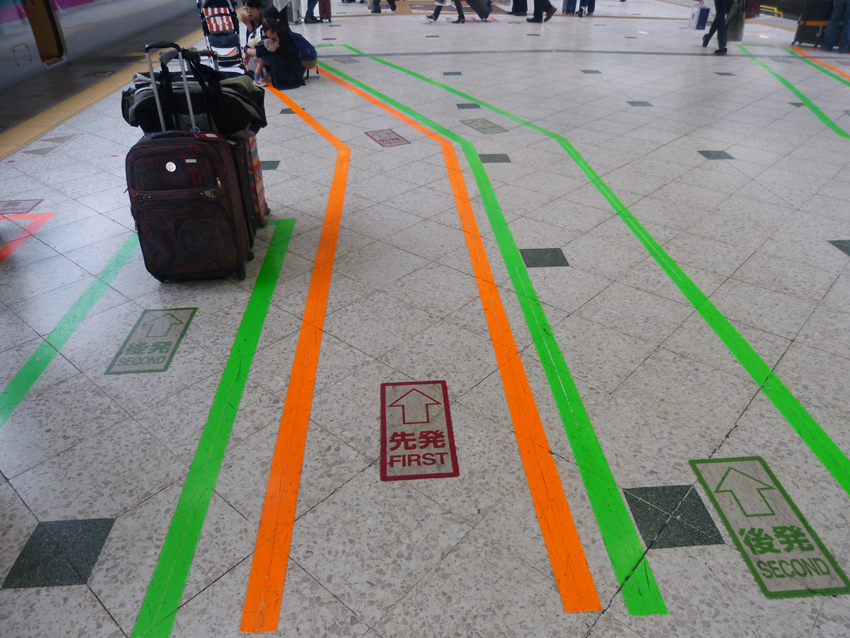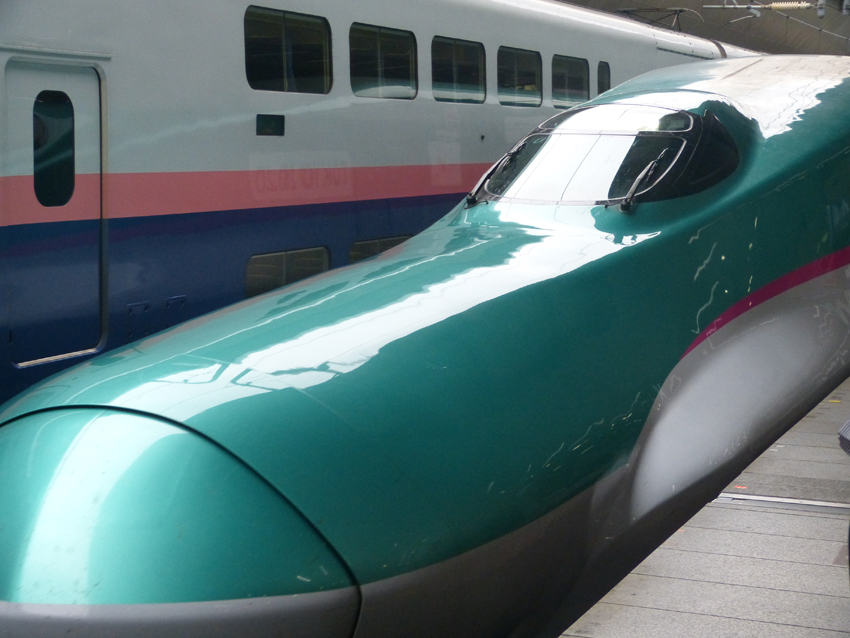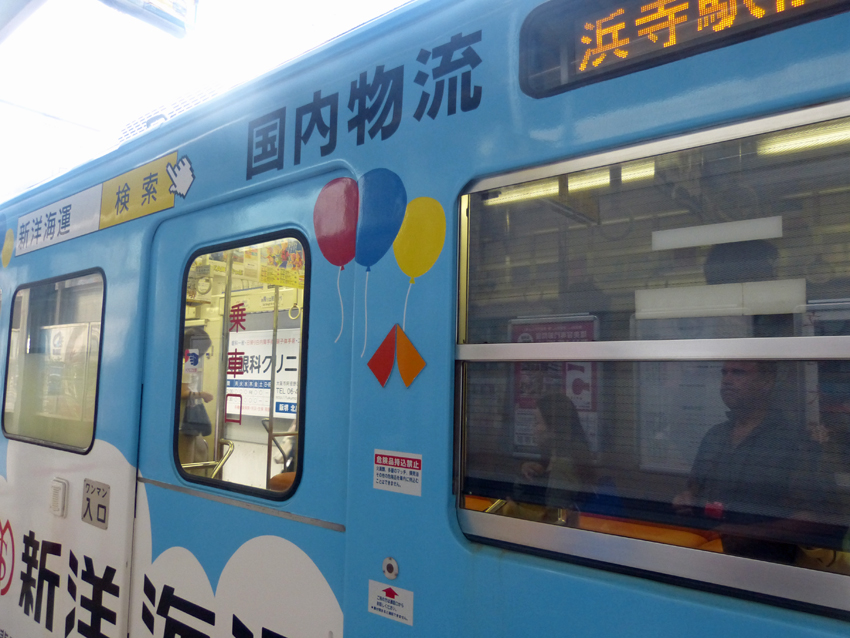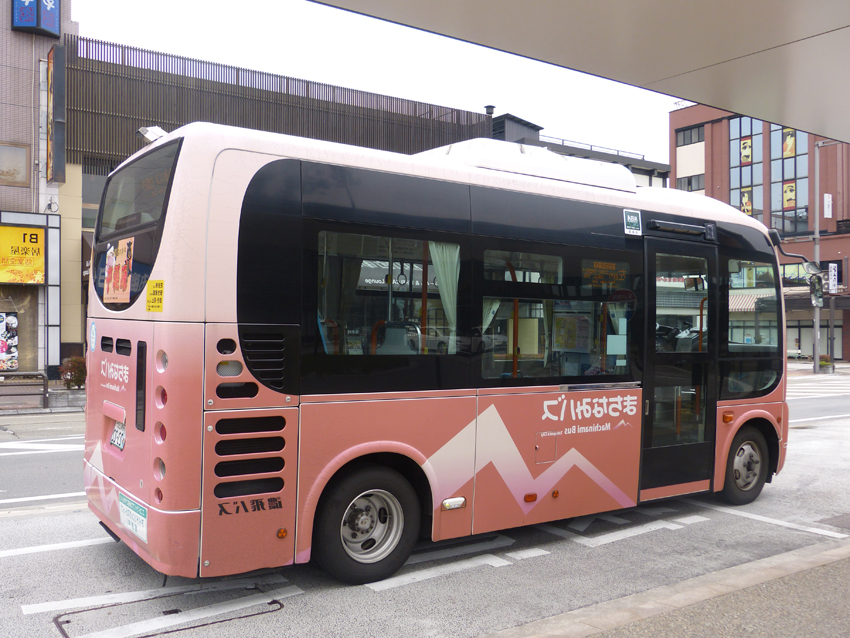Last Updated on March 12, 2023 by PowersToTravel
We visited Japan in October 2019. Over the years I have tried to reduce the size and weight of our luggage, and the task seems fruitless. With every new trip I find new needs, new reasons that a previously unregarded item become critical.
Diabetic Travel Tip
For our railway tripping time in Japan, the indispensable item became additional walking shoes. As a diabetic I know the importance of comfortable shoes, and many, many years ago I used to pack a spare, primarily in case my primary shoes got wet.
However as the years have passed I somehow pared the extra pair of walking shoes from my list, and I generally bring my walking sneakers, and a pair of Keene sandals, just in case, never knowing for sure what the weather will be. Depending on the destination I’ll spend the entire trip in sneakers (if cooler climate), knowing I have the sandals as an emergency backup, or in tropic locations I’ll have the walking shoes as backups.
However, my plan failed me in Japan. I could say that I failed my plan. Our three week trip turned out to be the most walking-intensive experience of my life.
If the destination allows us, we like to mix up our trips and take day or week-long privately guided tours. I know that sounds terribly exclusive, but we’ve been able to swing it by visiting locations where the tourism value is high and the costs are low – Morocco, Albania, Romania, Thailand, Myanmar, Laos, even Portugal.
In planning the Japan trip I very quickly learned that the costs for privately guided tours or city transfers were through the roof. Even tours advertised as private use public transportation for a great deal of the time. Yes, you will have a private guide at times, but you’ll take the train, and be greeted by a private guide. You’ll go on a city tour, but your guide will take you around on the public bus. I didn’t see any options where a car would pick you up, deliver you to the interesting sight, drop you off near the entrance, pick you up there and drive you to the next city.
A cost of public transport – your feet!
As a result, I planned the Japan trip on our own, a task not beyond me by any stretch. I studied the public transport maps, learned about the city tourism and transport passes, chose accommodation based on accessibility to public transport. The planning wasn’t always terribly easy, but certainly very do-able.

Inter-City Rail
I quickly learned that there are multiple inter-city rail companies, as well as multiple inner city subways/trams. I investigated all these rail networks, their schedules, prices and specific stations within the various cities. You may need to create yourself a vocabulary cheat-sheet.
- Shinkansen refers to high-speed trains which often are often served by separate sections of the stations. You usually need to pass through gates to reach the Shinkansen areas; for us that meant waving our JR Passes at manned gates. Then you need to do the same as you leave the Shinkansen area. These manned gates can cause bottlenecks so be sure you don’t plan your connections too tight.
- There are “Lines” which refer to individual rail companies train tracks.
- Trains have names, such as Nizomi, Mizuho, Hikari, Kodama. Each train has a general speed – so when you see Nizomi on a schedule you know you’ll be traveling on a very fast train, and the Kodama, a slow train. The information on this Japan-Guide.com page was invaluable in understanding the concept of train names.
I found Hyper-Dia to be a fantastic website for this investigation. We settled on the “ordinary” 14-day Japan Rail Pass. It’s important to note that the JR Pass is not valid for travel on the Nizomi and Mizuho trains on the Tokaido, Sanyo, and Kyushu Shinkansen lines.

Tokyo Metro and other Tokyo transport services
This Japan-Guide.com page gives an excellent summary, with concept maps, of all the various transport services in Tokyo. I won’t even attempt to repeat or summarize their information here.
I also used the Tokyo Metro planner to best orchestrate our travel. There’s also a mobile version available for download.
Based on the places we wanted to visit, and the ways we want to arrive in the city, we found that Tokyo Metro Day Passes were our best cost-effective choice. But each traveler must choreograph his own visit to each city, assessing the various companies’ services to determine the best option.
Osaka
In Osaka I found that a combination sightseeing / transport pass was most cost-effective. Here’s the link to the Osaka Amazing Pass, as well as info on other passes available.
To arrive at that decisions, I consulted the Osaka Subway Route Map, which also has clickable links for each station providing maps and details.
The Hankai Tramway takes you to the Sumiyoshi Taisha Temple, a real jewel of a temple. Their website provides a map and planning information.

Nara
We went to Nara for a day-trip, using our JR Pass. Don’t kid yourself, Nara is a bigger place than you might have imagined. It’s important to take a good map, orient yourself properly and choose the right buses and trains. I used the Nara Bus Company’s map.
(Just to insert a little warning here in case I don’t write a post about it – if you intend to visit Nara on a day trip, strongly consider omitting the Heijo Palace UNESCO World Heritage Site. We always go for the UNESCO sites, but this one is quite a distance from the other Nara sights, and is not yet ready for prime-time – perhaps in a few years. We missed out on other Nara places of interest due to exhaustion since we put Heijo first.)
Himeji
Himeji is home to the Himeji Castle and Mount Shosha. This transportation guide helps you navigate the options there. As good as the guide is, it must be paired with good guiding.
Which brings us to the day in Himeji, when I knew to go to Stop 8, or was it bus 8. I chose badly. We ended up an hour outside of the city at the University instead of the 5 minute ride away to Himeji Castle. Check out my post 3-Week Itinerary for Japan – Trains became our best friends – Day 5 – Train to Himeji, then on to Kyoto.
Kyoto
Kyoto is a large city and requires a great deal of study in order to cram so many important temples and sights into your few days .
The Comprehensive Public Transportation Guide provided me with the map I needed. I ended up printing the PDF map on that page on about twelve 8×11 sheets of paper, taping them together to create a pocket map. I knew that I’d have to be making split-second decisions, and the pdf file is far too detailed, with such small print, covering such a wide area, that I would struggle needlessly with my cell phone while in Kyoto. Paper seemed and turned out to be the best option. I simply threw the paper away as we left Kyoto.
I also extensively used this Kyoto Route Planner to identify all of my transport options. You can sort the results by Arrival time, Travel Time, # of Transfers, Fare and Walking Time. What a great planner. What is not apparent is the bus number – if you look at the Japanese characters next to the Bus icon in the results list, you will see one familiar number or set of numbers – that’s the bus number. See the example below:

Also be aware of the bus lines displayed. For example, if you have purchased a Kyoto Bus pass, it will not work on a Keihan bus. In this example, the bus line is “Kyoto City Bus.”
Takayama
We went to Takayama for its breathtaking fall festival, and had no idea this town had its own downtown bus line, and that it would be so convenient for access to the historic section of town. The Noihi Bus Company runs a variety of long-distance and local buses. They don’t highly advertise the their Hida Takayama Town Bus, but the tourist information center website gave us good information.
“City Bus!” will forever bring a smile to our faces. I struggled at our hotel to ask the receptionist about the bus line whose “bus stop” sign was right outside.
“Bus schedule?” I asked.
“Bus?” a lot of negative head-shaking followed. I tried to draw a bus on a piece of paper; I failed as miserably at it as I did in younger years with Pictionary.
“City Bus?” asked Greg.
“OH! City-Bus” (say that quickly and with a Japanese accent.) “City-Bus!” and she handed us a paper with a bus schedule on it.

Impact on our feet
It sounds exciting and very Japanese to be crammed into public transport. Truly it was, and our adventures in the train stations are a good part of our happy and interesting memories. However after twenty-one days, I realized my feet are not cut out for this.
We walked, that is dragged, luggage from train to train to subway. We took walking tours of cities, wandered ornate Japanese gardens, stood on packed buses. The subtitle of our trip became “Always on our feet.”
Combine this intense mode of travel, which I grant you backpackers may be well accustomed to and I not, with the fact that I accidentally brought old shoes along. I never thought of them as OLD, just simply my comfy shoes. About half-way through the trip I could feel the soles of my sneakers giving way to the gravel below; what were once cushiony and thick-soled walking shoes became crushed and thin soled – both sneakers and my sandals.
In Kyoto I was so desperate that we tried to buy new sneakers in the Nishiki Market. Yes, we found quite a number of sneaker shops, but none that carried my size nines.
I feel it unlikely that I will pack extra pairs of shoes in the future, but what I will do is carefully inspect my shoes prior to leaving, and before the trip perhaps buy a new pair early enough to break them in a little.
As a diabetic, I just can’t be too careful!





